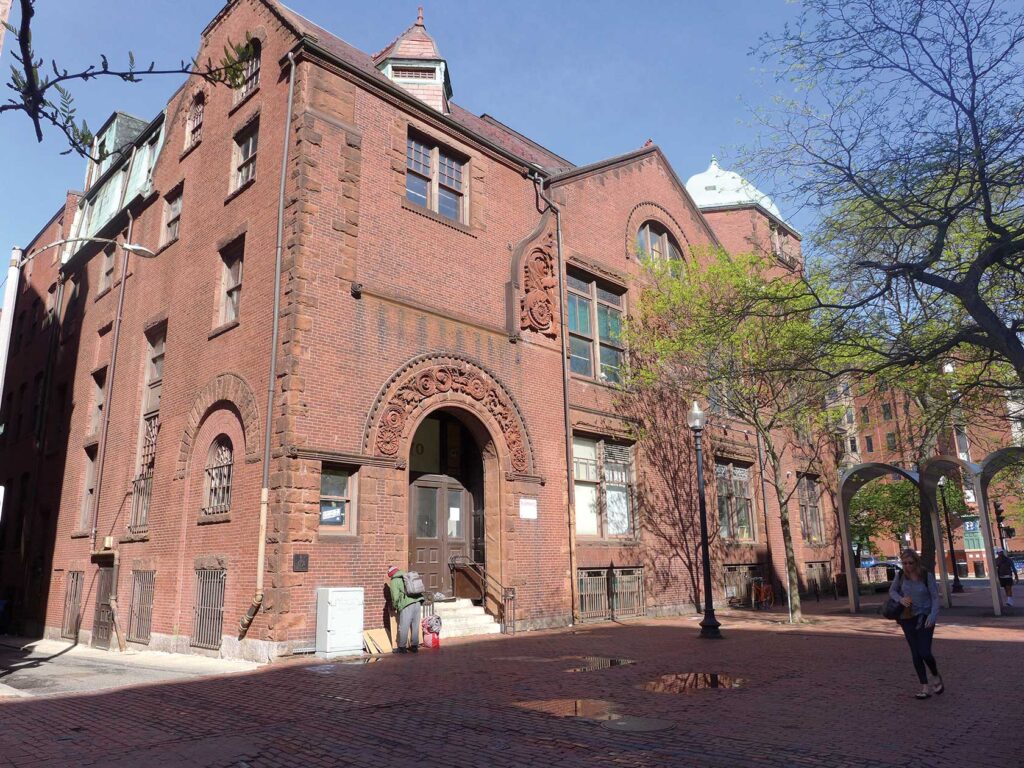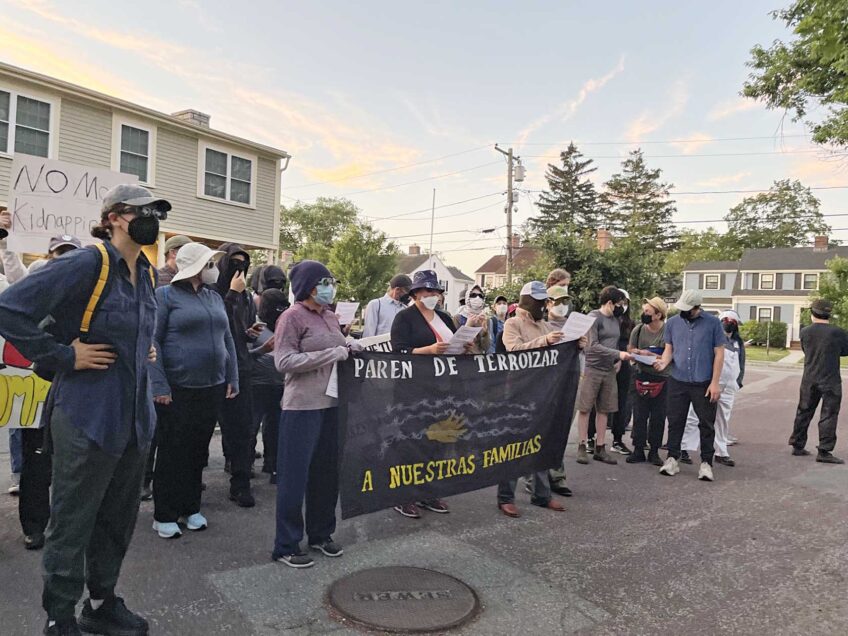Is Boston spending too much on its schools?
District spends over Foundation Budget, as do most across state

The Boston Public Schools is way up there among the state’s biggest spenders and must tighten its belt. That’s the impression you get from media reports, and also from top BPS administrators, who often speak of “unsustainable” spending that must urgently be reined in — for example, by closing small schools.
But let’s take a closer look.
Since this is a wonky article, here’s the conclusion:
BPS spends less than most neighboring districts, and only slightly more than the state average, if you take into account its real costs.
That’s according to a formula adopted with the support of a wide range of state leaders, including fiscally conservative Republicans.
Boston spends less in relation to that formula than most neighboring communities — much less than some of them.
Here’s how we get to that:
The proposed budget for next year is $1.44 billion, a lot of money. But how much should BPS spend?
‘Cherish’
Massachusetts uses a formula written into law that sets the minimum amount districts must spend. The law, the Education Reform Act of 1993, was in part a response to a state Supreme Judicial Court decision earlier that same year. The justices noted that the state constitution promises that the state will “cherish” public education. According to their ruling, that isn’t just a nice-sounding phrase; it means the state must guarantee its children an adequate education. The formula established by the 1993 law was called the Foundation Budget. Districts that don’t spend at least the minimum risk serious penalties.
A formula meant to reflect what children need
The formula says it costs more to educate the average child with a disability than a child without. It costs more in America to educate a child who doesn’t yet speak English fluently than one who does. It costs more to educate a child from a low-income family that faces all the obstacles the world throws in its way, from skyrocketing rents to uncertain and hazardous employment to just plain disrespect.
The law says how much of that spending is the local district’s responsibility, based on the district’s property tax base and the income of its residents. The rest is made up from state revenues.
(It’s more complicated than that, but that’s the basic idea.)
The Education Reform Act of 1993 resulted in massive funding increases for several years, especially in low-income, tax-poor districts. But eventually, it stopped reflecting actual, modern costs.
A generation later, bringing the formula up to date
In 2014, the legislature and the governor created a Foundation Budget Review Commission made up of legislators, educators, and representatives of the governor and business. The Commission confirmed that the formula needed an overhaul and outlined the changes. The legislature and the governor finally delivered with the Student Opportunity Act of 2019.
There’s no objective way to decide how much children deserve for their education, but the new numbers are the agreed-upon compromise among Democratic legislators, a Republican governor, educators and business representatives.
The revised formula provides for much higher spending in several areas, especially for special education and for educating children from low-income families.
The increases are big, and the new formula is being phased in over six years. So far, the state is one-third of the way to implementing the formula. Next year, we are due to be halfway there.
That means that next year, the legal minimum will be higher than this year. The following year, it’s due to take another jump, and then two more leaps until state-mandated funding for public school children reaches the new minimums agreed to in the law.
Most districts spend more than the minimum
Many districts — especially those that have a strong property tax base like Boston — already spend much more than the legal minimum. Some, such as Worcester, New Bedford and Chelsea, where the tax base is small, spend right around the minimum. (The state-appointed agents who run the schools in Lawrence, Holyoke and Southbridge all spend about as little as they legally can.)
The state website reports these percentages. The average statewide as of the most recent year posted (the 2019–2020 school year) was 29% above the minimum required by law.
Boston spends 37% over the minimum.
The neighbors
Of the districts bordering Boston, most spend a higher percentage over the state minimum than Boston. Some spend less.
This chart compares per-student spending as a percentage of the Foundation Budget in Boston and all the neighboring communities for the current school year, 2022–2023.
Student needs are here today
The increases in the Foundation Budget are being phased in, but the student needs that are the reason for those increases are not coming in gradually like the money. Those needs are fully present today in Massachusetts classrooms.
That means districts really need a lot more money to provide what conservatives and liberals agreed is an adequate education.
Left out of the Foundation formula:
Transportation. Also school construction. Those are whole other stories.
Another wrinkle:
The formula uses the real numbers of students in most categories, like vocational education, but not for special education. Instead, the law funds special education as if every district had the same percentage of students with disabilities. The reason is to avoid giving districts an incentive to put children into special education even if they don’t really need it.
But that assumption is nowhere near realistic. Districts with large numbers of children in low-income families do in fact have a higher percentage with disabilities. But their Foundation Budgets don’t reflect that, even with the new formula. So city school districts’ Foundation Budgets (and those of many towns as well) underestimate the real cost of providing an adequate education.
The bottom line: BPS is not such a spendthrift after all. Education is expensive.
And it’s worth it.
That doesn’t mean BPS spends its money wisely — there are so many stories about waste. But there are even more stories about shortages, appalling conditions in some schools and pay below a living wage for many BPS employees.
If Boston leaders gave children the high priority they claim to, BPS would spend more money, not less.
This article originally appeared in Boston Parent Schoolyard News.







